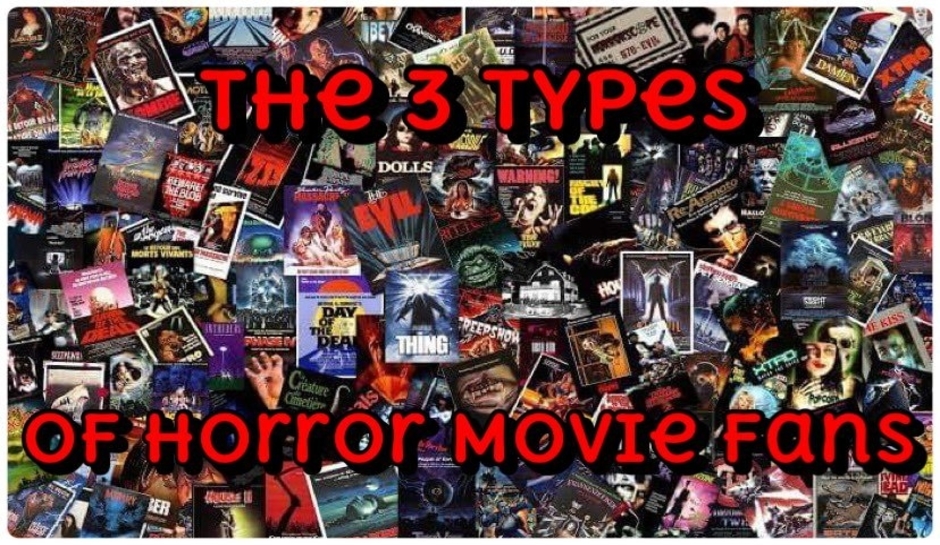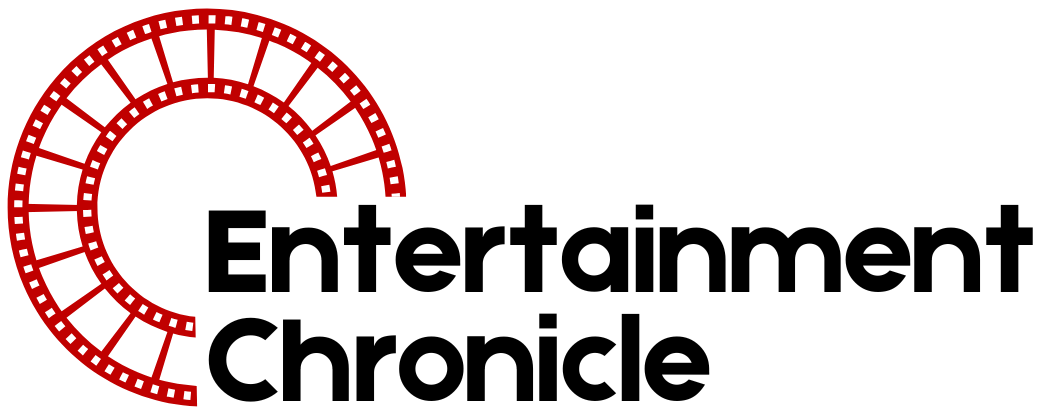Horror Films: The 3 Types of Scary Movie Fans

Horror fans are diverse. Due to the dozens of subgenres within horror, it’s impossible to simply define what makes a horror movie fan. I’ve come to the conclusion that there are three main types of horror fans. That doesn’t mean an individual has to be restricted to fitting into only one of these categories, but they usually stand firm in one camp more often than the other two. In 2021, there are a plethora of horror films to choose from. Their availability is the best it’s ever been, mostly due to the increase in streaming services. Shudder is a horror streaming platform that caters strictly to the horror fan.
Horror films: Stick Figure fans:
1) Stick figure fans like their horror films basic and to the point. Typically a straightforward slasher flick, ghost story, shoot ’em up zombie movie, etc with nothing more beneath the surface. The story is often traditional without a complex narrative. The movie is for pure entertainment value and nothing more.
Films that would fall into this category made big bucks at the video store in the 1980s. Slasher movies like Slumber Party Massacre, Chopping Mall and Prom Night flew off the shelf. So did horror films like The Evil Dead, Re-Animator, and The Video Dead. At their core, horror films and for entertainment, and the stick figure fan know exactly what they like.
Social/Political Horror fans:
2) There are those who watch horror films and look for more than what is displayed on the screen. Social and political horror fans like their films with a more traditional narrative, but then find deeper meaning beyond what is on the surface. A social/political watcher views a movie straight forward, but at the same time talks about what is trying to be said within the themes.
These fans find a balance between appealing to a more general audience, while also appealing to those who want more from their viewing experience. The films in question often reflect social and political issues of the day and were brought into focus heavily in the 1970s and 1980s.
George A. Romero’s Dead series is the most glaring example. Night of the Living Dead was released in 1968 and it was a clear reflection of the Civil Rights struggle. A decade later Romero released Dawn of the Dead which was a spotlight on mass consumerism and the greed that comes with it. Other films from the decade like The Last House on the Left, Shivers, and The Texas Chainsaw Massacre also hammered home similar themes. Movies like Get Out, Us, It Follows, and Split are more recent examples.
Abstract Horror film fans:
3) Abstract horror fans watch cinema in a different way than most people do. Horror films which leave much of their content ambiguous and vague, leaving it up to the viewer to interpret what is taking place on screen. These films are designed for fans who want something removed from reality, comparable to an abstract art piece. The definition of abstract art is “art that does not attempt to represent external reality but seeks to achieve its effect using shapes, forms, colors, and textures.”
Movies falling under this category are typically slow-moving and rely more on metaphorical images and symbolism rather than building characters and a traditional story. Film won’t present a image so characters and story will have a place. Those elements are often put on the back burner in favor of what it’s trying to represent.
When comparing the horror films that fall into category #2 with those who fall more into category #3 is like comparing Leonardo da Vinci to Pablo Picasso. Two great artists with much different artistic styles. Films like Midsommar, Mother, The Witch, I’m Thinking of Ending Things and Martyrs are recent examples that fit the bill.
Some films fall into a middle ground where they seem to straddle the lines of two of the three categories. The original Suspiria and The Shinning come to mind as films with a solid story, great characters, and a more traditional setup. These films at the same time rely on images and visuals, as well as symbolism outside of what would be considered realistic.
Horror films: Personal Analysis:
Now I want to end this by making note that no one group is “better” than another. There’s enough out there to satisfy every horror film fan. When it comes down to it, the films I prefer the most fall into category two. That doesn’t mean I don’t enjoy films from categories #1 and #3. I certainly do, and own many across my entire collection. A story with characters I can follow mixed with giving me more to dissect at the same time. It’s why over the last few years I’ve preferred the films of Jordan Peele (Get Out, Us) over Ari Aster (Hereditary, Midsommar) and Robert Eggers (The Witch, The Lighthouse)
That doesn’t mean I don’t appreciate their work though. I actually really liked Hereditary and thought The Lighthouse was an interesting experiment. I just preferred the story and framework, as well as the heavy social commentary and political undertones of Peele’s films. Some will agree with me and others won’t, and that’s fine. At the end of the day, that’s what makes being a film fan fun. There’s enough out there for all of us.
- Horror in America: 5 Horror Films For The 4th Of July - July 1, 2022
- Upcoming Horror: 5 Scary Movies Releasing July 1-8 - July 1, 2022
- ‘The Black Phone’: Movie Review And Rating - July 1, 2022
